Retailers have been using visual merchandising to appeal to and connect with shoppers for many years now. Be this simply placing items from a new range of clothes on a group of mannequins or coming up with a creative and colourful window display to draw in those passing by, visual merchandising plays a key role in many retail strategies.
The primary challenge for retailers in the current market is how to evolve these tried and tested methods to appeal more to modern shoppers. The fast-paced nature of today’s market makes it harder to catch the attention of consumers, who may be otherwise distracted while out shopping.
So, what can retailers do? Here, we speak with several visual merchandising specialists to gain an insight into this area and look at ways retailers can better connect with their core target audiences.
Dress to impress
First up is Proportion London, part of Kesslers, which designs and manufactures mannequins and busts. Nicola Skinner, business unit director at Proportion London, said visual merchandising should be important to retailers as, at the end of the day, their stores are showrooms on the high street.
“They are part of the company branding and this helps with online sales as well as building trust with customers and helps them want to associate themselves to the brand,” Skinner said. “Visual merchandising is also a sales tool; good visual merchandising has proven to increase sales and a strong window can bring people into your store from the street; it really is an invisible salesperson.”
Offering advice as to how retailers can go about a successful visual merchandising strategy, Skinner says they need to remember several key points.
“The customer journey through a store; don’t lose sight of the message or have too many messages,” Skinner said. “The stock and the products always need to be the hero and you want the items to stand out and look eye catching and appealing.
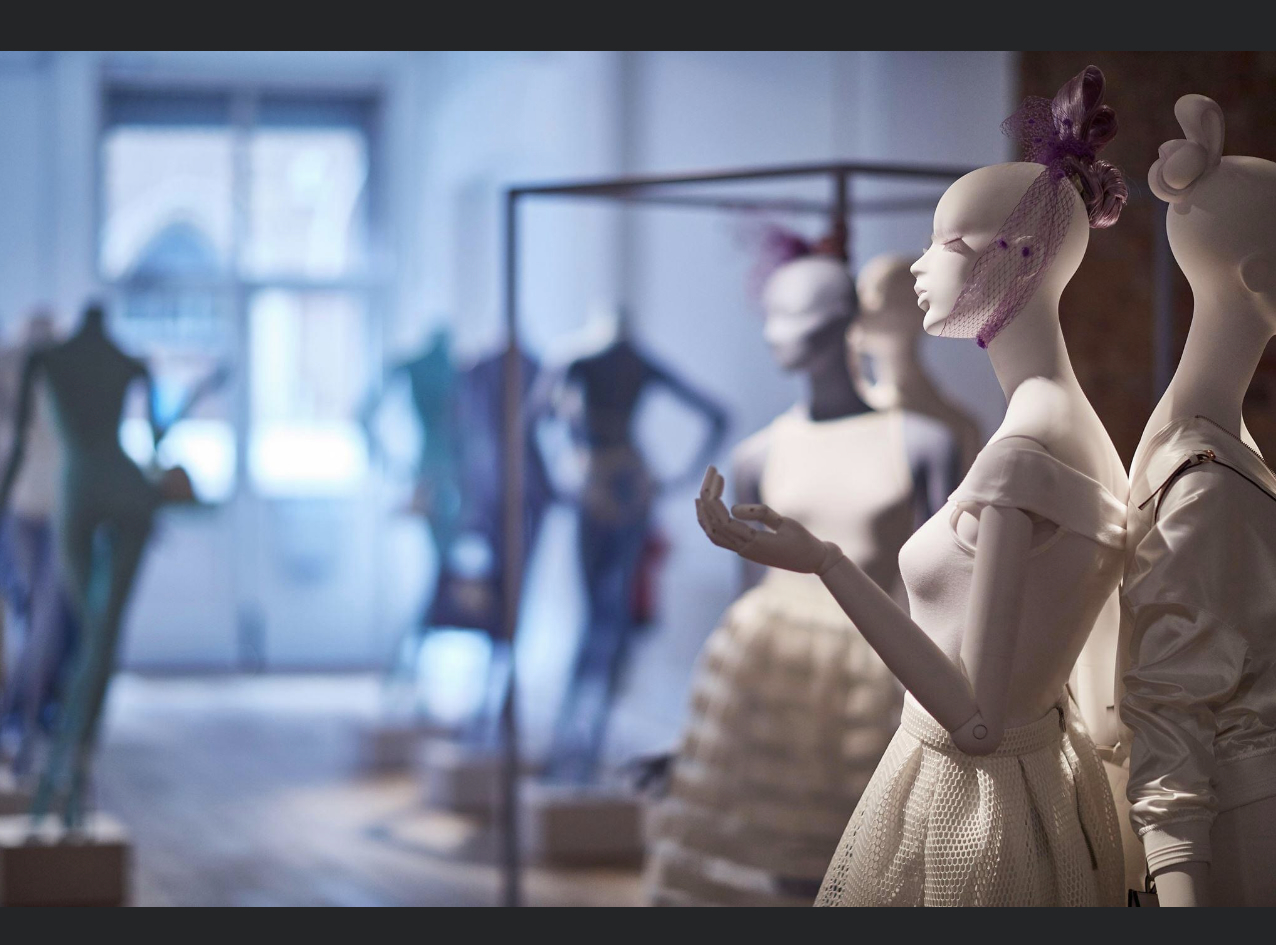
“The retailer needs to think how they can maximise sale opportunities through the use of visual merchandising, as well as what experience they are giving the customers.
“Think immersive; this does not have to be expensive but can be fun especially with the younger generations. Often, it’s the simple ideas that are most effective.”
As an example of this, Skinner said the world-famous Selfridges at one time moved away from using the usual setup of mannequins in their windows. This, Skinner said, led to the windows becoming more of an art installation, with staff hanging clothes in different ways to see how this worked in the window.
“They rewrote the rules on displaying fashion and they pushed the boundaries, with great success,” Skinner said.
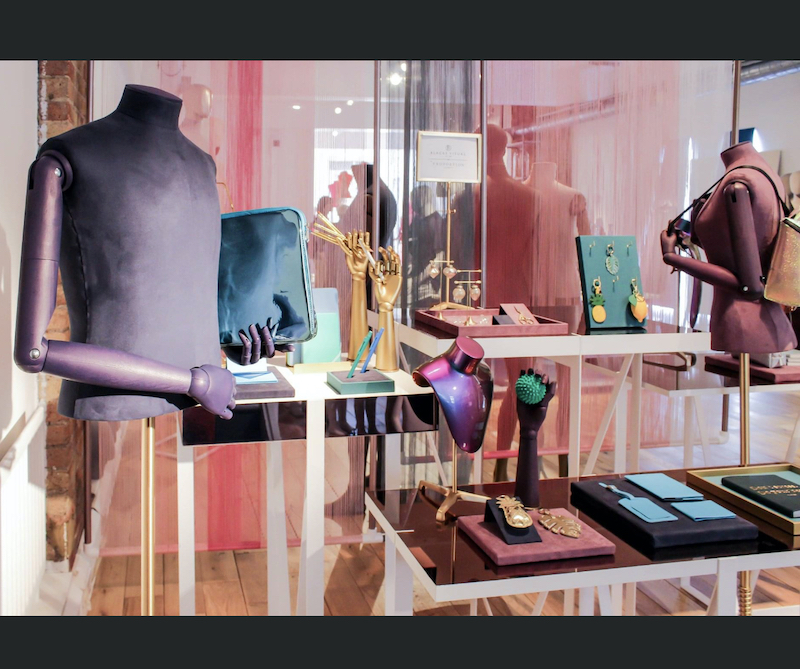
As for how Proportion London and Kesslers are developing their own offering, Skinner said there has been a significant focus on the environment. Retailers now have access to papier -mâché busts that can be amended to fit brand specific briefs.
Consider the environment
Also in this area is DZD, which, established in 1989, is a wholesale, B2B display and visual merchandising specialist. Director Fiona Cameron said now more than ever, retailers need to work hard to entice the shopper into their stores, and visual merchandising is an effective way of doing just this.
“One of the most important points here is relevance, both to the stock they are trying to sell and to what is currently going on in the world outside,” Cameron said. “Make it eye-catching and make it fun!
“Our stock has a heavy leaning towards everything Christmas, from greenery, to baubles and commercial grade lighting, but we also supply many and varied props for the remaining seasons of the year.”
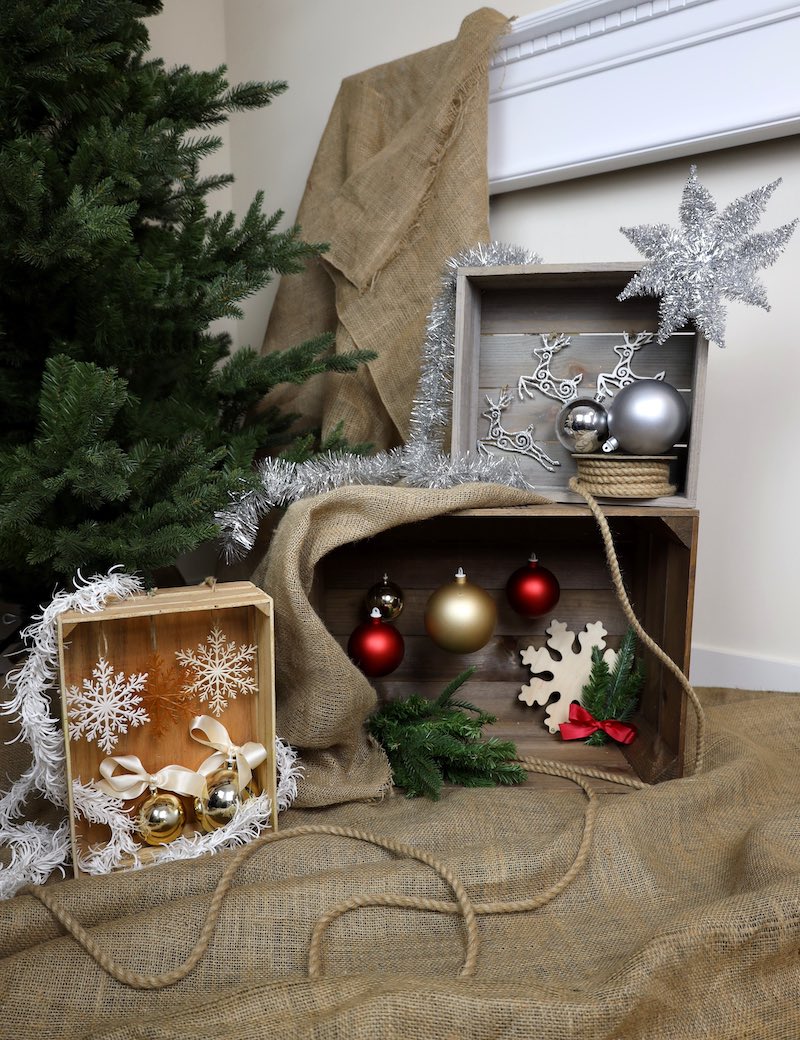
Cameron said DZD is committed to addressing major trends in the wider market, with one of these being the environment. This is very much reflected in the latest offerings from DZD and Cameron picks out its new foldable cardboard tree as an example.
The tree is made from sturdy FSC certified cardboard and folds completely flat for storage and transportation. Installation takes no more than five minutes, which Cameron said means shop assistants have more time to get on with the important business of retailing.
“This product ticks so many boxes for us being sustainable, extremely attractive, a great price and large enough to make an impact,” Cameron said.
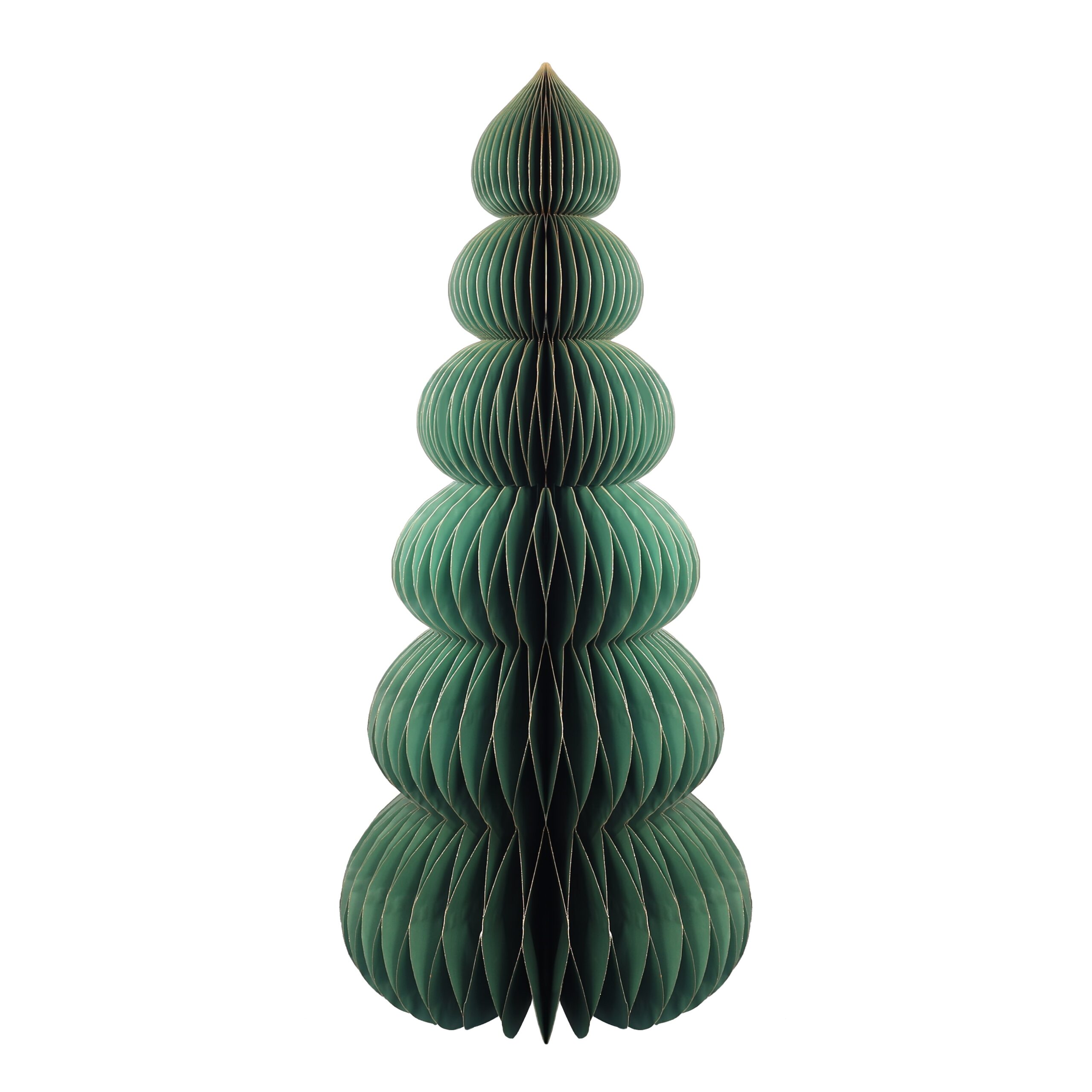
“We’re not perfect, but we’re making big strides in replacing the materials used for our traditional Christmas greenery with sustainable alternatives, sourced much closer to home. The majority of all of our Christmas trees, wreaths and garlands are now made from around 60% recyclate materials.
“We have also worked hard to source innovative products such as ribbon made from sea-reclaimed plastic, recyclate baubles and sustainable wood pulp tinsel!”
Conjure up an emotive response
Elsewhere in the market, Propability is a family-run business that designs, manufactures and installs all manner of visual merchandising materials for a range of retailers. Tyrone Cano of Propability says much of this work is focused on adding the ‘wow’ factor to store or window displays, handling everything from conceptualisation, design, manufacture and installation.
“Visual merchandising needs to be very important, especially these days with the retail sector moving more and more online,” Cano said. “With visual merchandising, you have the opportunity to create an experience for the consumer. To use the senses to appeal and conjure up an emotive response.
“You can make a point of difference, tell your brand story, pull the merchandise off the shelf; it’s an experience beyond the point of sale. At Propability, we strive to create new and exciting experiences. We especially love the creation of immersive and interactive environments that provide a multi-sensory experience and bring a point of difference to leave your brand in the minds of customers.”
With this in mind, what sort of advice do Cano and Propability have for retailers seeking the ‘wow’ factor with their own visual merchandising efforts? Cano said prop making for short-term or longer displays, both in store and through the windows, can produce a wow factor that really pulls the consumer into store.
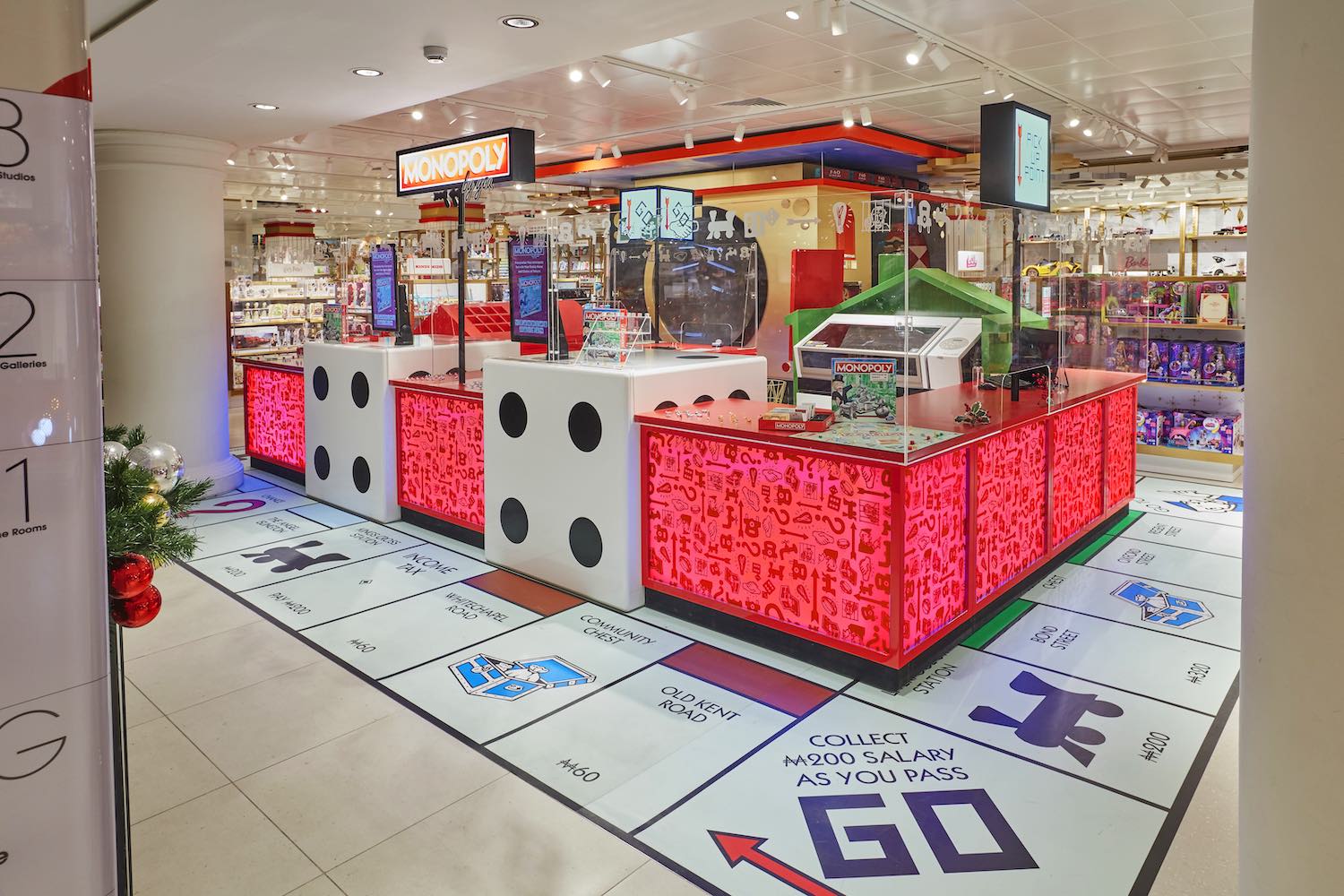
“The work we produce for Selfridges is a classic example of how the store communicates a value of some sort with a key message or promotion yet manages to combine clever merchandising within the creative retail design,” Cano said.
“It’s not just a question of display – these days the most successful productions combine a mixture of light, sounds, interaction, colour prop making or sculpting and decoration to bring the visual merchandising to life in as many sensory ways as possible.”
The Selfridges work Cano refers to includes a special display focused on classic board game Monopoly. Shoppers could create their own personalised Monopoly game board in store, with Selfridges installing a special, themed booth and floor graphics to help promote this to consumers.
“We work with our partners, stores, suppliers and third parties where required or where we are bought in to support with something in particular,” Cano said. “In my view, its sometimes these collaborations that are the most innovative part of the project.
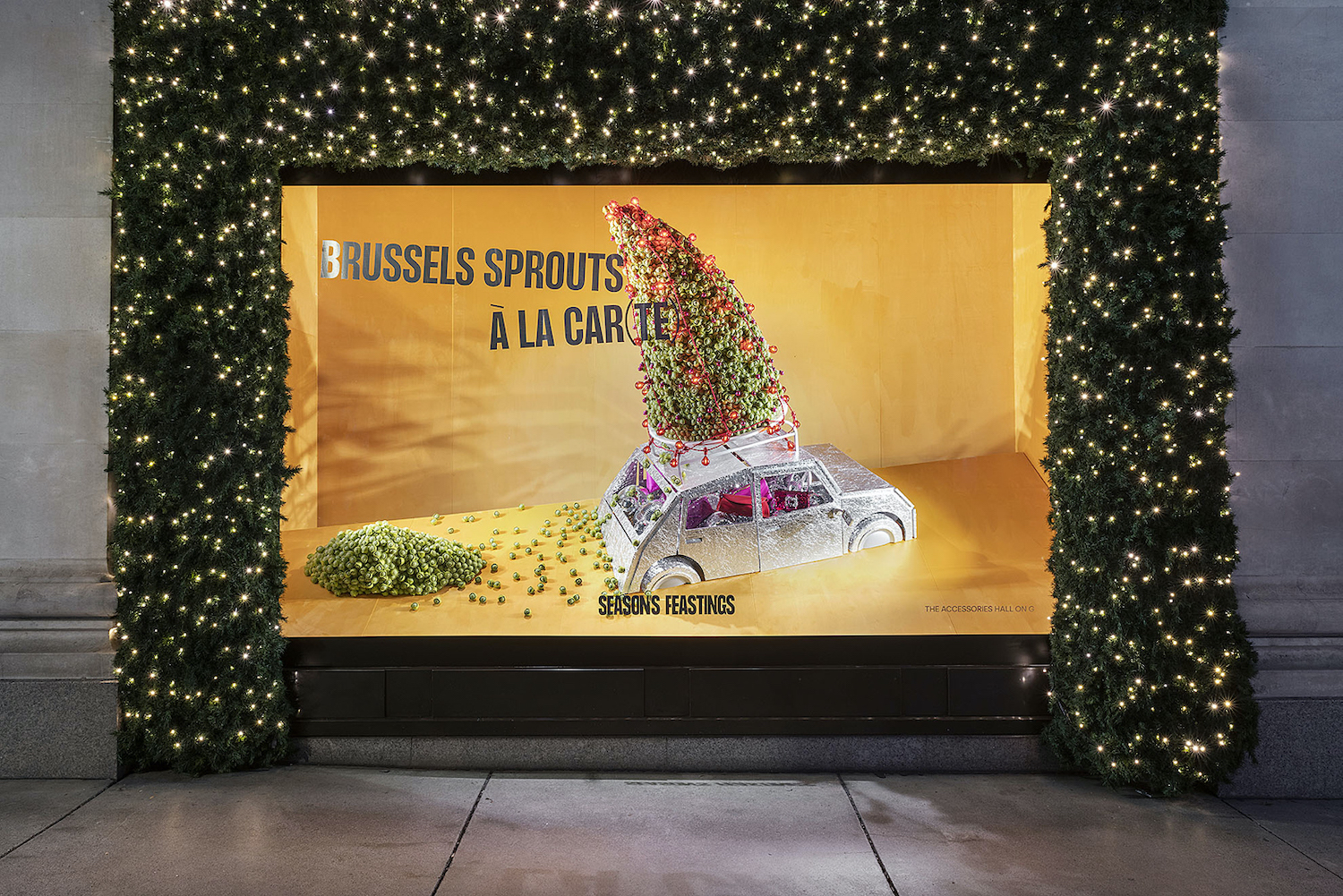
“Everyone wants a feel-good factor, if you can bring a sense of fun to work, to design to your team and the projects, you add an element of enjoyability from start to finish. This is where Propabilty has such long-term industry relationships. We have nurtured these over so many years it stands us apart. You know our team are reliable, professional but also really good and pleasant people. I’m always grateful to the many talented craftsman we use to produce all our projects.”
A common feature in retail environments for many years, visual merchandising is far from a new concept. However, in order to ensure it remains effective and continues to capture the attentions of consumers, retailers should consider looking at new ways to use these tools and materials to appeal to the masses.





